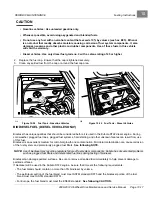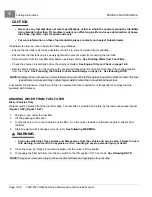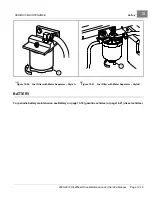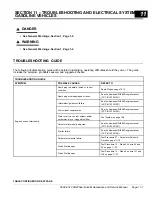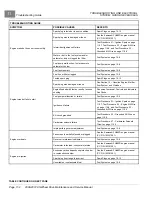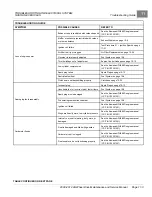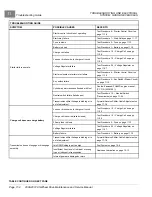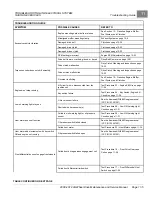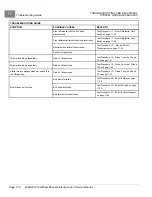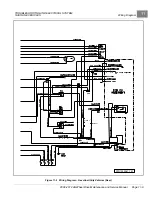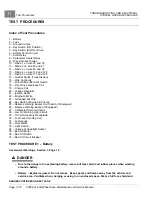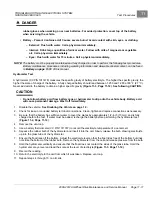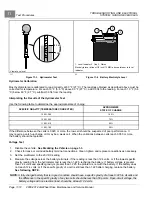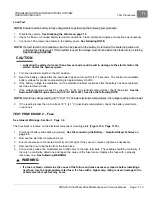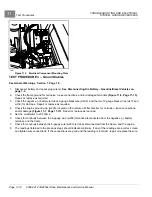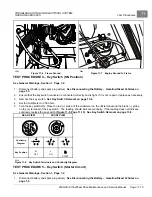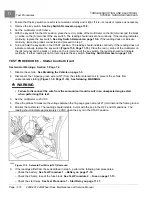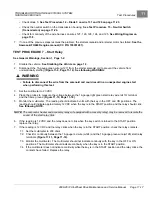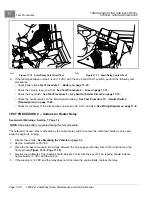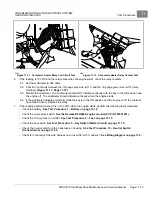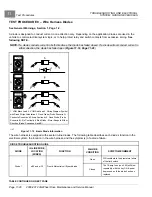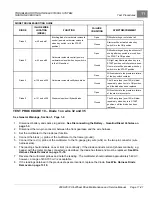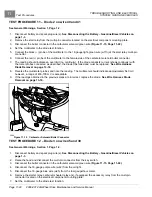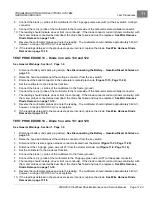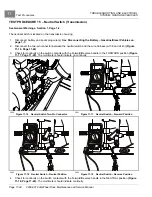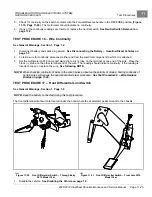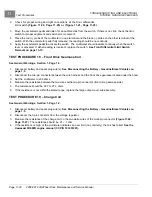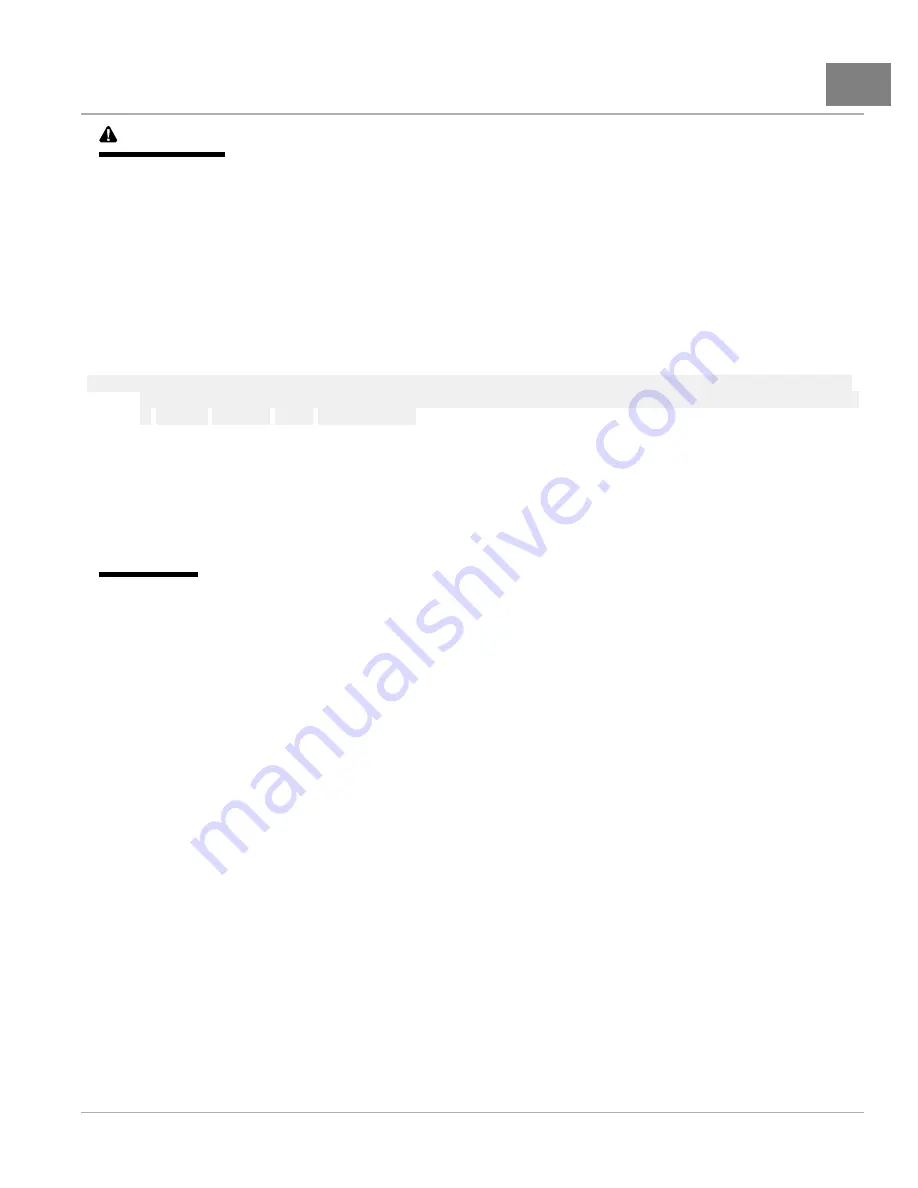
TROUBLESHOOTING AND ELECTRICAL SYSTEM:
GASOLINE VEHICLES
Test Procedures
11
DANGER
rubber gloves when working on or near batteries. For added protection, cover top of the battery
when servicing the vehicle.
• Battery – Poison! Contains acid! Causes severe burns! Avoid contact with skin, eyes, or clothing.
– External: Flush with water. Call a physician immediately.
– Internal: Drink large quantities of milk or water. Follow with milk of magnesia or vegetable
oil. Call a physician immediately.
– Eyes: Flush with water for 15 minutes. Call a physician immediately.
NOTE:
The battery must be properly maintained and fully charged in order to perform the following test procedures.
Battery maintenance procedures, including watering information and allowable mineral content, can be found
in
of this manual.
Hydrometer Test
A hydrometer (CC P/N 1011478) measures the specific gravity of battery electrolyte. The higher the specific gravity, the
higher the state of charge of the battery. A fully charged battery should read between 1.250 and 1.280 at 80 °F (27 °C).
Never add acid to the battery to obtain a higher specific gravity
See following CAUTION.
CAUTION
• Do not allow battery acid from battery caps or hydrometer to drip onto the vehicle body. Battery acid
will cause permanent damage. Wash off immediately.
1.
Disable the vehicle.
See Disabling the Vehicle on page 1-3.
2.
Check for loose or corroded battery terminal connections. Clean, tighten and replace connections as necessary.
3.
Be sure that the battery has sufficient water to cover the plates by approximately 1/2-inch (13 mm) and is fully
charged before the test. If water must be added, recharge the battery before performing the hydrometer test
.
4.
Remove the vent cap.
5.
Use a battery thermometer (CC P/N 1011767) to record the electrolyte temperature of a center cell.
6.
Squeeze the rubber bulb of the hydrometer and insert it into the cell. Slowly release the bulb, drawing electrolyte
up into the glass tube of the hydrometer.
7.
Ensure the float rises off the bottom. Adjust the electrolyte level so that the float rides free of the bottom but does
not strike the bottom of the rubber bulb. Remove the hydrometer from the cell and release pressure from the bulb.
8.
Hold the hydrometer vertically and ensure that the float does not contact the sides of the glass tube. Hold the
hydrometer at eye level and read the scale at the level of electrolyte
.
9.
Record the reading.
10. Return the electrolyte to the cell from which it was taken. Replace vent cap.
11. Repeat steps 4 through 10 on all cells.
2008-2012 All-Wheel Drive Maintenance and Service Manual
Page 11-11
Summary of Contents for Carryall 295 SE
Page 2: ......
Page 20: ......
Page 28: ......
Page 58: ......
Page 66: ......
Page 100: ......
Page 122: ......
Page 150: ......
Page 157: ......
Page 190: ......
Page 197: ......
Page 236: ......
Page 284: ......
Page 386: ......
Page 394: ......
Page 442: ......
Page 452: ......
Page 454: ......
Page 455: ......
Page 456: ......

